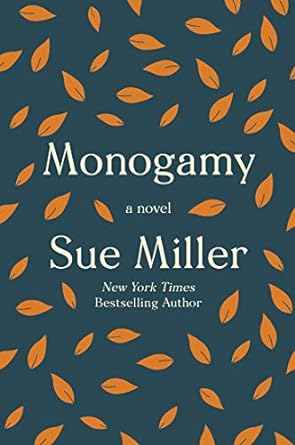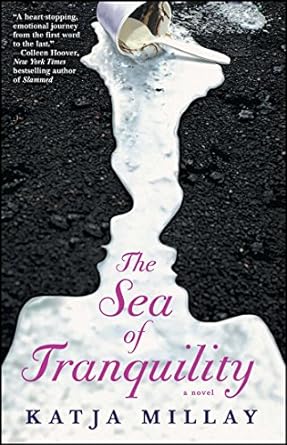
As I Lay Dying
‘As I Lay Dying’ is a 1930 novel, in the genre of Southern Gothic by American author William Faulkner.
The story revolves around a grim yet darkly humorous pilgrimage, as Addie Bundren’s family sets out to fulfill her last wish—to be buried in her native Jefferson, Mississippi, far from the miserable backwater surroundings of her married life.
Narrated in turn by each of the family members—including Addie herself—as well as others the novel ranges in mood, from dark comedy to the deepest pathos.
"Faulkner’s greatest work"—The New York Review of Books
"One of the most perplexing novels of the modernist canon"—The Conversation
BEST DEALS
About the Author
Born in 1897 in New Albany, Mississippi, William Faulkner was the son of a family proud of their prominent role in the history of the south. He grew up in Oxford, Mississippi, and left high school at fifteen to work in his grandfather's bank.
Rejected by the US military in 1915, he joined the Canadian flyers with the RAF, but was still in training when the war ended. Returning home, he studied at the University of Mississippi and visited Europe briefly in 1925.
His first poem was published in The New Republic in 1919. His first book of verse and early novels followed, but his major work began with the publication of The Sound and the Fury in 1929. As I Lay Dying (1930), Sanctuary (1931), Light in August (1932), Absalom, Absalom! (1936) and The Wild Palms (1939) are the key works of his great creative period leading up to Intruder in the Dust (1948). During the 1930s, he worked in Hollywood on film scripts, notably The Blue Lamp, co-written with Raymond Chandler. William Faulkner was awarded the Nobel Prize for Literature in 1949 and the Pulitzer Prize for The Reivers just before his death in July 1962.












